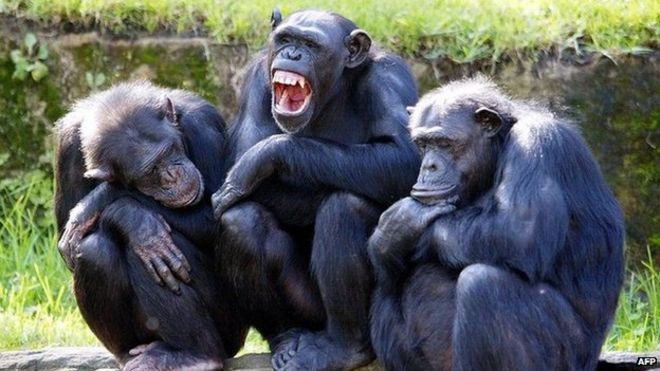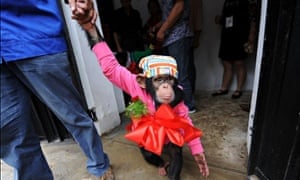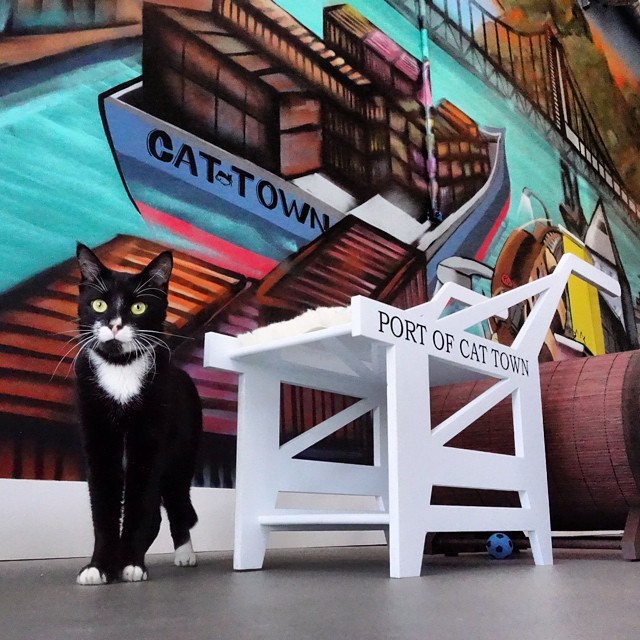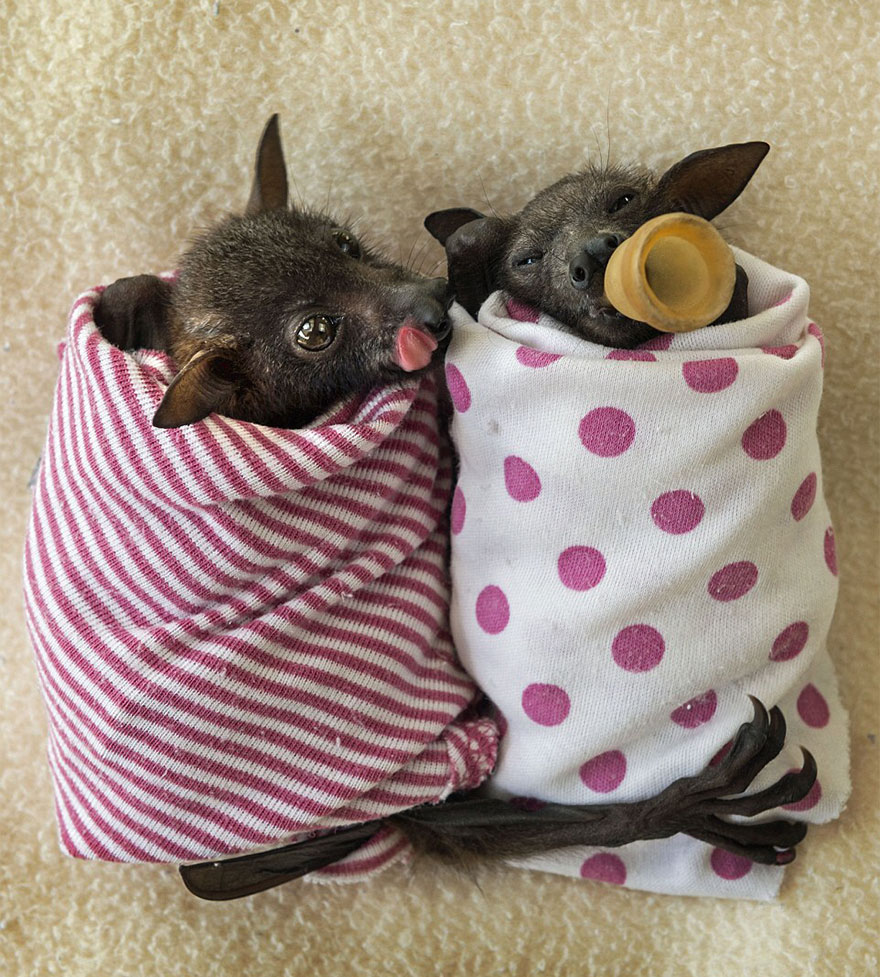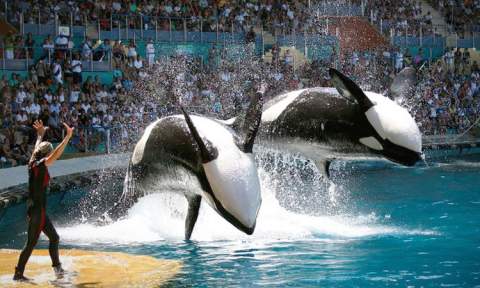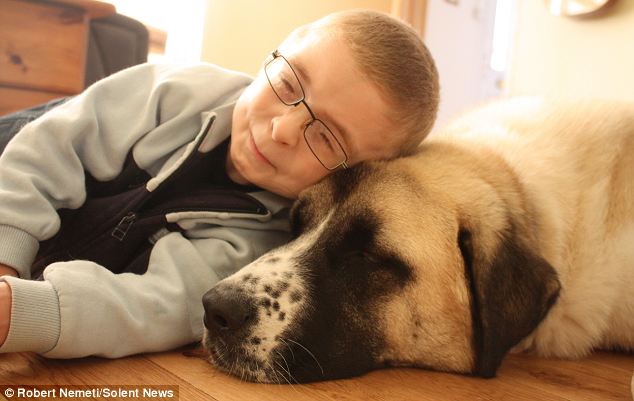I've been away for nearly a month. I finished up research in
Florida, went birding in Texas and gave power point programs for about 1000
middle-school kids in Missouri. As soon as I once again recognize which way is up, I'll be back. In the meantime, this is a blog post done by my friend Nona Smith eighteen months ago. I thrilled to announce that she has turned this and the rest of the story into a book: Stuffed: Emptying the Hoarder's Nest.
For those of us lucky enough to live near Gallery Bookshop in Mendocino, Nona will be reading from her book on April 26th at 6:30 p.m. Hope to see you there
A Bear of a Problem: Guest Blog by Nona Smith
Channeling Linda
When my friend, Linda, died, she left a thousand teddy bears orphaned. My husband, Art, was the executor of her estate, so the responsibility for finding them new homes fell to me. Linda and her husband were hoarders. They had stuff. Lots of it.
Art started to work on the bills and banking statements in one of Linda’s desks, leaving me to deal with the teddy bears and other stuffed animals in Linda’s bedroom.
I knew nothing about collectible teddy bears. I stood for a moment and looked around her bedroom. Drapes covered the sliding glass doors that ran the length of the room and a triple-tiered shelf stood in front of them. The shelf sagged in the middle from bear weight. Sunshine had eaten the curtains, and some of the bears were wedged between the decaying material and the back of the shelf.
“Right.” I addressed the bears. “Let’s get to it.”
I was familiar with the names Steiff and Gund, so I began by looking for those. Working my way around the room, I inspected labels and sorted the animals by maker, creating two piles on Linda’s bed: one for Steiff, one for Gund. Before long, the piles grew so high they toppled into each other.
After awhile I began to sense Linda’s presence. I felt her scowling over my shoulder, unhappy that I was messing with her bears, unsure what I was up to. I offered a silent apology for disrupting her space and asked for her help with this project. I couldn’t intuit her response, so I continued to work.
By the time I got around to the animals on the bookcases surrounding the bed, I had developed a hacking cough. My hands were filthy. I had dust specks in my eyes. And I was pissed. These bears had been mistreated. Many were grungy and smelled of mildew. They’d been imprisoned in this apartment for years.
One by one, I twisted their little, jointed arms and legs to more comfortable positions and dusted them with a damp cloth. I placed the ones without designer labels on freshly cleaned shelves. Sometimes I gave one of them an accessory or two: a necklace, a rakish hat. I placed the ones from the dirty bottom shelf on a higher one, and sat them next to friendly-looking companions. I put small animals in the laps of larger ones, leaned sweet baby bears against maternal-looking mothers.
I stepped back to survey my work. They appeared happier.
“Good grief,” a voice in my head hissed. “Get a grip. These are toys for God’s sake. Open a window and get some fresh air.”
That was it. In a flash of clarity, I understood. These were toys. While Linda was alive, these bears were a collection. With her gone, they were free to become toys again. Re-purposed into something to be cuddled. Sent back into the world as some child’s lovey. I could do that.
Keeping the potentially valuable bears separate, I scooped up the others and put them into clean Hefty bags. By the time we were ready to call it quits for the day, I’d bagged over one hundred bears, puppets, monkeys, assorted rabbits and mice, all headed for a new life.
It’s Not A Bear Market
I found new homes for one hundred of Linda’s stuffed animals with children in an East Oakland elementary school. No longer part of an inert collection, these bears, pigs, lambs and assorted other animals became summer reading buddies for freshly literate children.

I attended their adoption. The kids were happy with their new loveys, and I imagined the animals were thrilled too.
The day after the give-away, I had a date with Debi Ortega, a Bear Maker who’d known Linda for years. A tall woman, brimming with energy and good cheer, Debi wore a faded red t-shirt that read “Hugs for Bears,” and old jeans. She’d come ready to work.
“Where should we start?” she asked in a matter-of-fact voice.
“Let’s go into the bedroom, and you can educate me about this collection.”
“Let’s start with the artist bears; those are hand-sewn by individuals who refer to themselves as ‘bear makers.’ Every bear maker has a brand name and a label sewn onto their product. We sell our bears on line and at Teddy Bear Conventions. That’s where I met Linda.”
This was an entire world I knew nothing about.
“I see you’ve separated the Steiff and Gund animals from the artist bears. That’s a good start.” She pulled a life-size pink pig to her chest and pressed its nose to hers. “Gunds are the ones with the cutest faces.”
I picked up a large brown bear and hugged him to me, hopeful he might bring in a honey-pot of money.
“Unfortunately, eBay and today’s economy has wiped out their value.”
I set him on a chair where he slumped and stared at us through caramel-colored eyes. He, too, seemed disappointed with this news. I gave him a comforting pat on the head.
“How much might he be worth?” I asked.
“Maybe $5. If you can find an interested buyer. You could try looking for one online. Bunch a few bears together, photograph them, put them on eBay and see what happens. It could be your new hobby.” Debi offered a sly smile. I liked her.
“Steiff is a well-respected German company that’s been making bears since the 1800’s, and people are still interested in spending money on them. The value of a Steiff will depend upon the color of the label. See this? “ She unfolded a tiny taxicab-yellow label from a bear’s left ear. “Even the tiniest Steiff will have one. The bright yellow labels signify the bears were recently made. Feel this one’s fur.”
It felt smooth. Soft.
“Now feel this one.” She handed me another Steiff. “Feel the difference?”
This bear had a paler yellow label. I turned his head and jointed legs forward and stroked his fur, which felt like disheveled cowlicks.
“This one’s made of mohair and they’re more valuable. But the most valuable Steiffs have white labels. They’re originals, and are no longer being manufactured.”
I held up a cute, chocolate-colored bear with a natty vest. “How valuable might he be?
Debi pursed her lips. “I’m not sure. Let’s call John Fort, a Steiff expert who's familiar with Linda’s collection. He’ll know.”
John confirmed what Debi told me. “But there are so many Steiffs in this collection that there might be value in a slug of them together. I can come out to look, if you put them aside for me.”
We arranged to do that, and Debi and I looked around for a suitable place to stash the Steiffs. We began by putting them on the recliner in the living room. Before long, it became apparent that the chair could only hold a fraction of them, so we stuffed them into large Hefty bags and hauled them into the second bedroom. Soon, the pile became so unwieldy there was no room for us to move around. In the end, we bagged the Steiffs as best we could and corralled them into the oversized bathroom shower stall.
After a morning of work, there were still hundreds of bears, rabbits, monkeys, and assorted other animals to deal with. I stood with my hands at the small of my back, feeling daunted. I did not want to make these bears my life’s work.
“What can we do with the rest of these, the ones with no monetary value?”
Debi’s eyes lit up. “Don’t worry about that. There’s a non-profit group called Hug A Bear that distributes stuffed animals to kids in need. Would you consider donating some of them?”
“Absolutely,” I said without hesitation. “Let’s do it.”
We carried bag after teddy-bear-filled bag to Debi’s car until her tiny two-seater was congested and its trunk teeming with bears. As we sorted, occasionally we came across animals with moth holes. We threw those into the hall, quarantining them from the others. They made a small, sad pile.
At 2:00, we stopped for lunch at a near-by restaurant, away from the bears.
Linda’s friend Hanae dropped by when we returned from lunch. Since Linda’s death, Hanae often came to spend an odd hour now and then sorting and packing stuff.
Debi told her how to identify the valued bears and sent her off with garbage bags to another apartment. Debi and I remained in Linda’s apartment, bagging bears until 5:00, when we decided we were beared-out.
“I’ll come back with my truck next week and pick up more of them.” She squashed down the bears in the back seat so that she could see out the rear view window, then squeezed herself into her tiny car and drove off.
I went in search of Hanae, and found her pouring over the pile of quarantined bears.
“What’s with these?”
“These are bears with moth issues. They need to be thrown into the garbage. In fact, let’s do that now so they don’t contaminate the others.”
Hanae held a garbage bag open and I pushed one damaged bear after another into it. There were surprisingly few, given the amount we’d dealt with.
I picked up a medium-sized bear dressed in hiking clothes. He had a blue knapsack on his back and a jaunty-looking cap on his head. There was a brownish, quarter-size stain under his left eye, evidence of moth work.
Hanae extended the bear to me by his left arm. “You know…” she said. She squints her eyes as if trying to recall something. “Linda once mentioned she’d tucked some money into a bear with a zipper or something on his back.”
Now you mention it.
I’d never considered searching the bears for hidden contraband. I shook my head.
Hanae held the bag open, and I started to drop the bear into it when our eyes met. We looked from the bear to the bag and back to the bear.
Hanae’s eyes twinkled with possibility. “Let’s check him out.”
I held his shoulders while she struggled to unbutton his backpack. She scrunched her small hand into it, and her eyes widened. She drew out a fisted hand and opened it to reveal…a bunch of purple artificial grapes.
She reached in again, and a more serious expression crossed her face. This time, her fingers unfolded, revealing a thick wad of bills.
We dropped the bear and counted the money: three fifties, several hundreds, some fives, a bunch of singles. In the end, we totaled up one thousand, one hundred and seventeen dollars. We were giddy with astonishment.
Hanae’s face was animated. “This guy was seconds away from the garbage can!”
I flashed through the bears we’d given away to the school kids in East Oakland, the bears I’d left with our local fire department to be donated to Toys for Tots, the ones that drove off with Debi moments ago. All given away without a thought to patting them down. Any one of them could have hidden a small fortune in their pockets or hat brims.
 Actually, I hoped some of them had.
Actually, I hoped some of them had.
